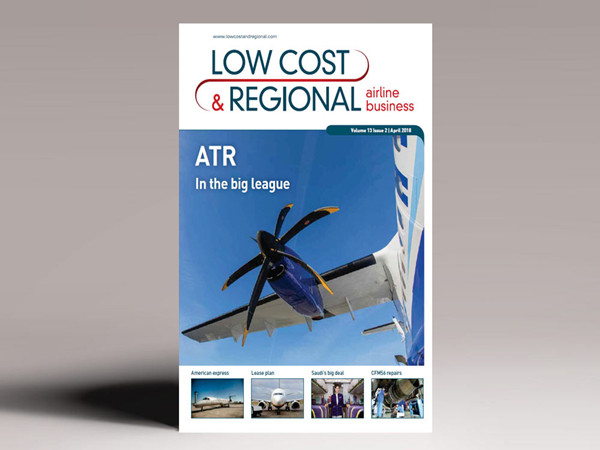As demand for aircraft leasing continues to grow, Keith Mwanalushi looks more closely at the market and at how lease rates and values are shaping up.
Several reports have recently indicated that aircraft lessors are bullish about the global demand for aircraft and the relative health of airlines around the world. Despite some airline bankruptcies, mainly in Europe and other challenged areas in some parts of the world, the airline industry remains profitable and passenger demand continues to rise.
This trend mirrors the International Air Transport Association’s (IATA) global passenger traffic results for 2017 showing that demand (revenue passenger kilometres or RPKs) for the year rose 7.6% compared to 2016. This was well above the 10-year average annual growth rate of 5.5%.
As evidenced by aviation consultancy IBA, the market has witnessed an unprecedented surge in aircraft leasing over the past few years triggered by low interest rates, an above average rise in passenger traffic, low oil pricing and attractive returns. New arrivals have since entered the space in large numbers, mostly from China, and the demand for deals has reached an all-time high.
Looking at the general trends in the narrowbody lease market in 2018, Mike Yeomans, Head Analyst – Commercial Aircraft and Leasing at IBA signals that lease rates remain under pressure, particularly looking at new or young aircraft.
“This is true throughout the narrowbody space,” says Yeomans. “Competition remains fierce in the sale leaseback market and lease rate factors remain weak as a result. In January GECAS for instance announced it had arranged a sale-leaseback along with pre-delivery payment financing for Viva Air Group in a transaction for ten A320ceo aircraft to be delivered in 2018 and 2019.
New market entrants with low capital costs have driven down rents according to Yeomans and IBA has yet to see a reversal in this trend in 2018. “This is true for current, outgoing and new generation types. That said, with funding costs set to rise through this year we could see some pressure on the new entrants.”
With competition for deals fiercer than ever and with investors and lessors hunting further afield for yield, IBA highlights a need for effective mapping and management of risk, and advocates robust intelligence gathering and analysis.
But some deals are still attractive, even if they are risky. According to IBA, if there is a trend here it is that lower reserves are being paid and that less monitoring is being done.It believes that lessors will be caught short as a result.
Key indicators that IBA has kept under watch since the beginning of last year concern the A320-200 and 737-800s lease ends and a potential collision of factors on the supply side that could impact on values and rentals. In a report IBA published in September 2017, it predicted a concentration of lease ends between the years 2019-22, with a peak towards 2022.
The report expects around 230 lease ends over the remainder of 2018 for the Boeing 737-800 and around 280 for the Airbus A320-200. Approximately 300 lease ends on average are forecast each year to 2022.
Yeomans suggests the expected trend is increasing numbers of redeliveries over the next few years. “Naturally many of the leases will be extended, however we must look at production ramp-ups on the new generation aircraft. The extensions are likely to be more near term.” In fact, there is ongoing talk about Boeing ramping up 737 production to as high as 64 aircraft per month and perhaps even more.
He says by the time the production goals of around 600 aircraft per year are reached the industry will likely see the neo and MAX displacing more ceo and NG aircraft from the current major carriers. “By about 2023, these new generation aircraft are expected to reach around 50% of the fleet size of the outgoing models. This is wher we expect the ceo and NG to really feel the pinch. Of course, there are many variables. If fuel remains in check and traffic growth continues at reasonable levels, we should see more extensions. If fuel rises and or if there is a demand shock, we will see fewer lease extensions and the pressure will come much sooner,” Yeomans analyses.
Speaking on the recent arrival of the A320neo and the 737 MAXs, in 2017, there was really very little data between the lease rates of the ceo and NG aircraft and the new neo and MAX variants. “Largely this remains true, however some of the drivers behind this phenomenon are beginning to change.” Lease rates have been suppressed across the board for various reasons. Cheap debt, new market entrants and increased competition are just a few examples Yeomans mentions.


